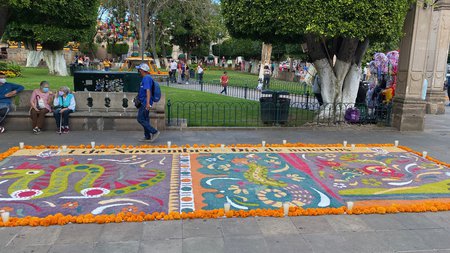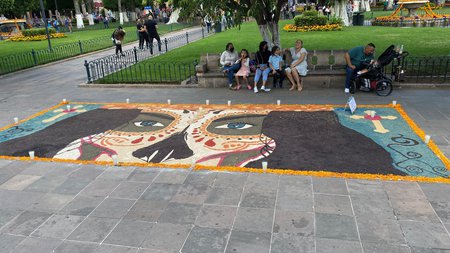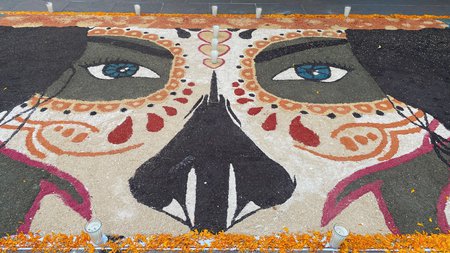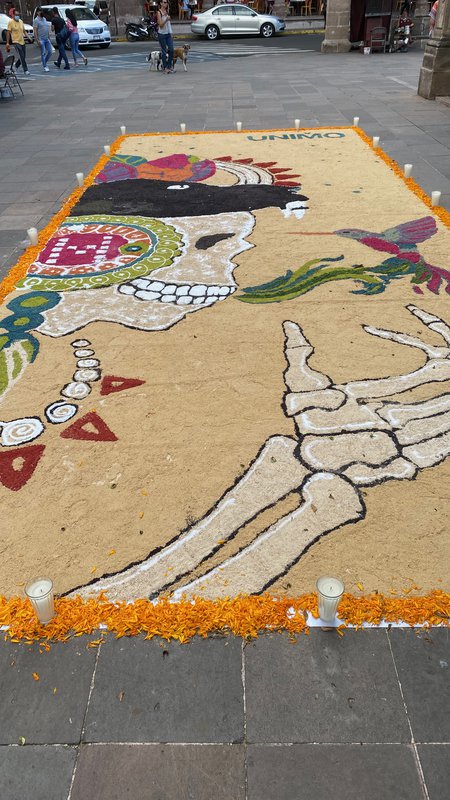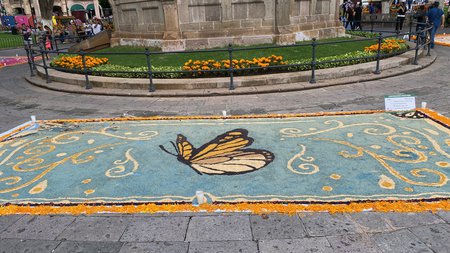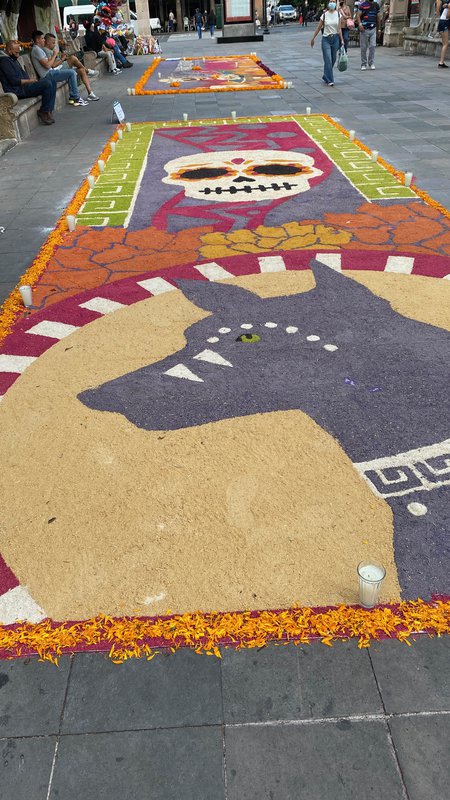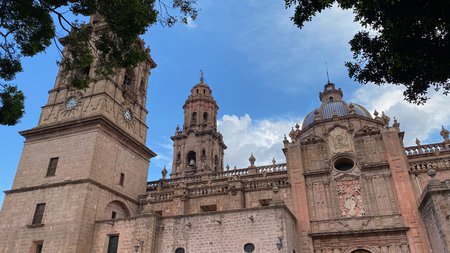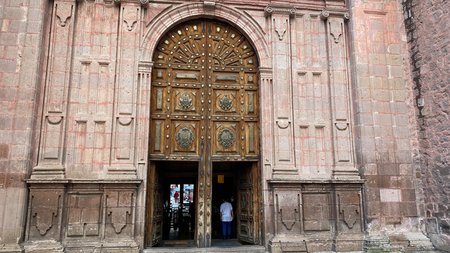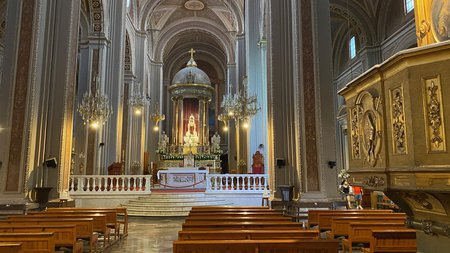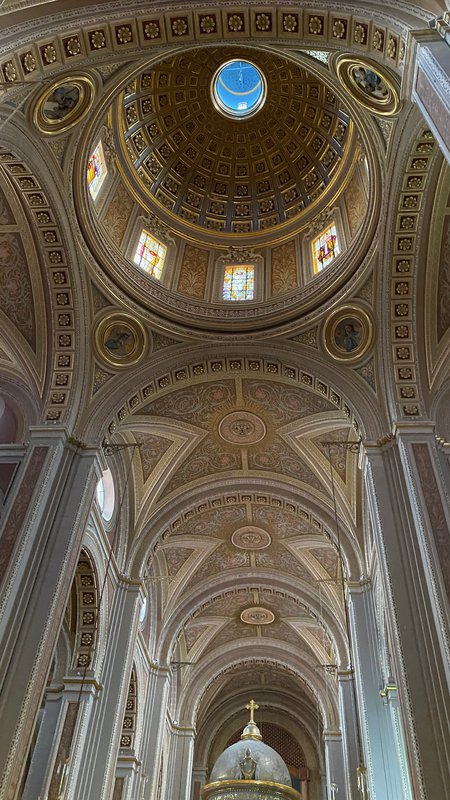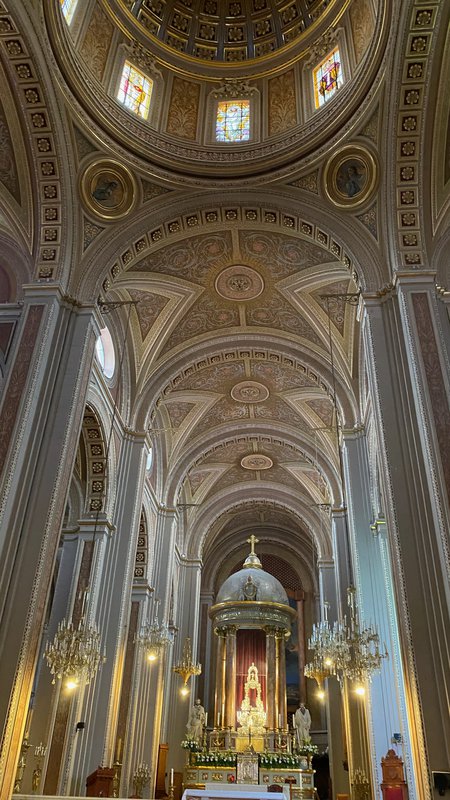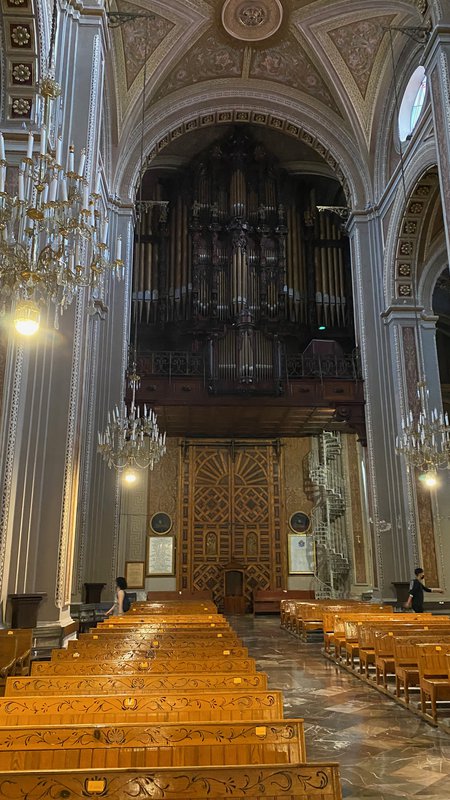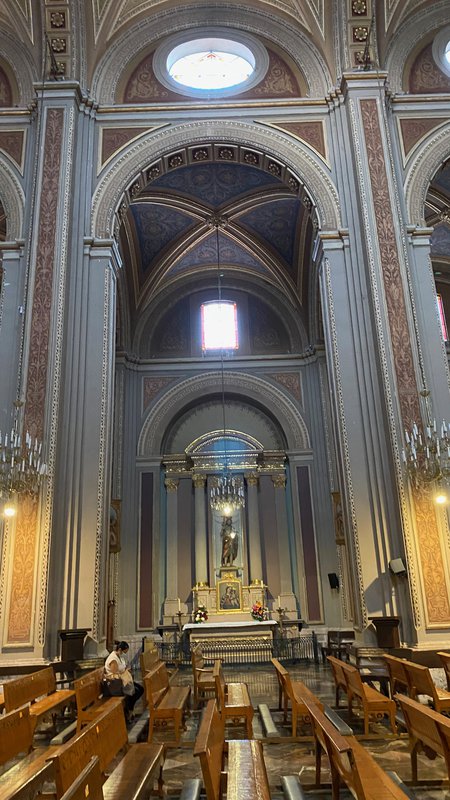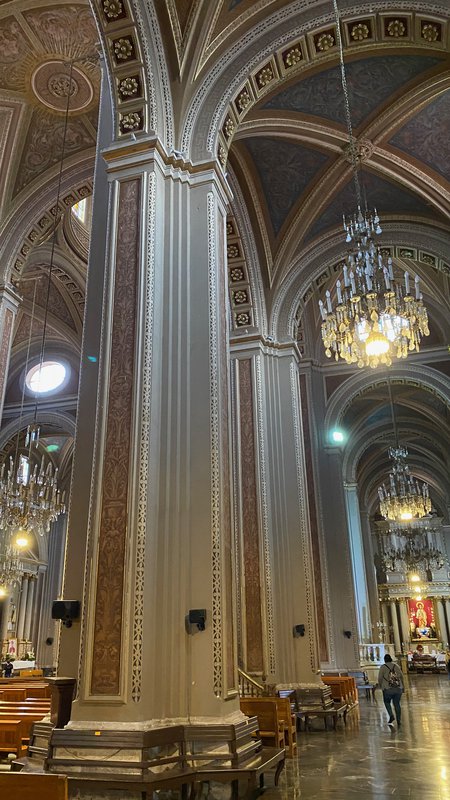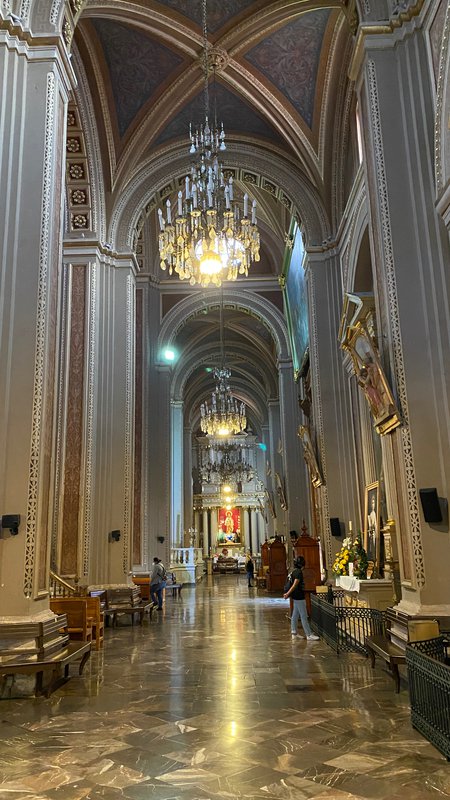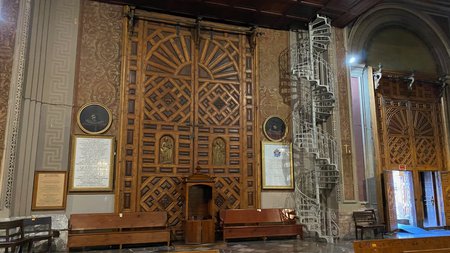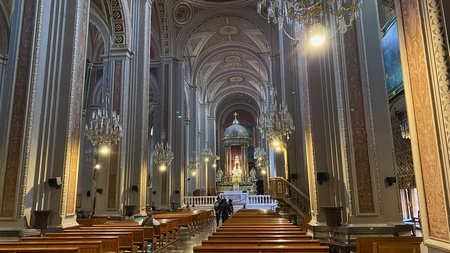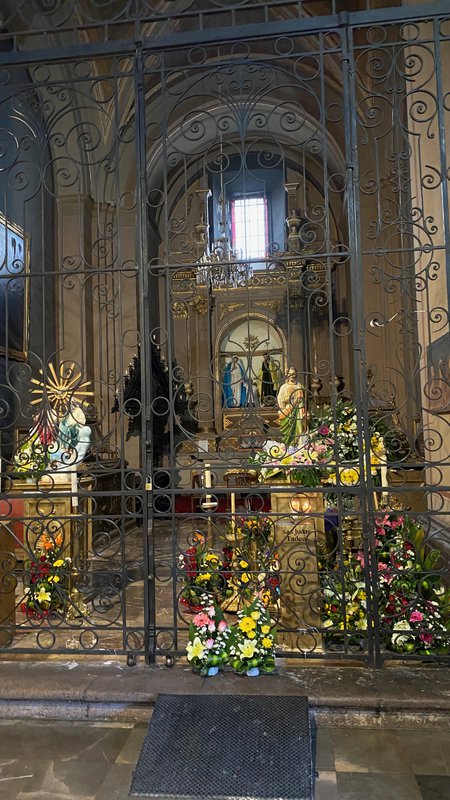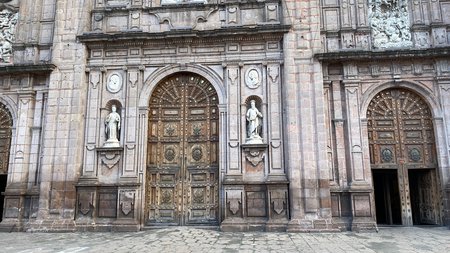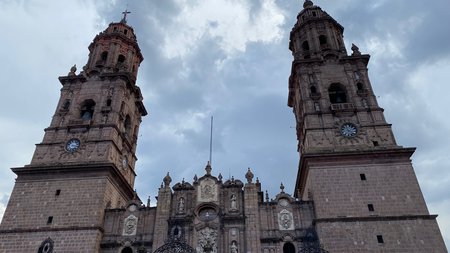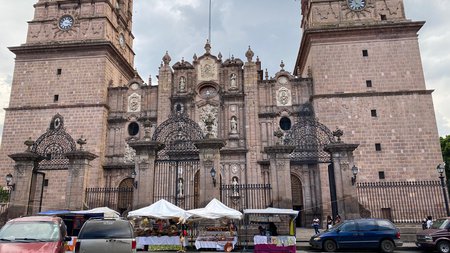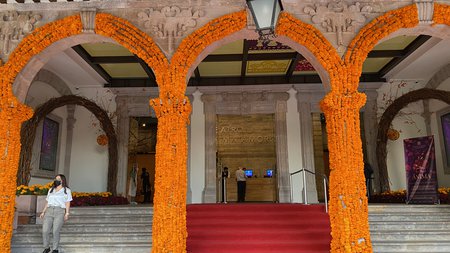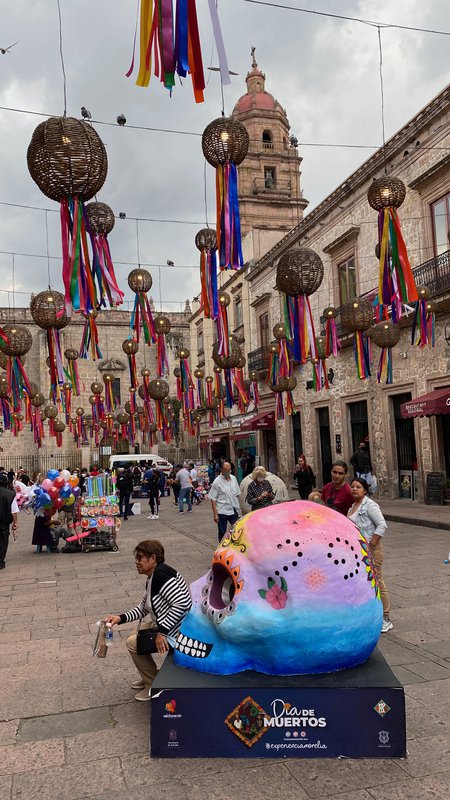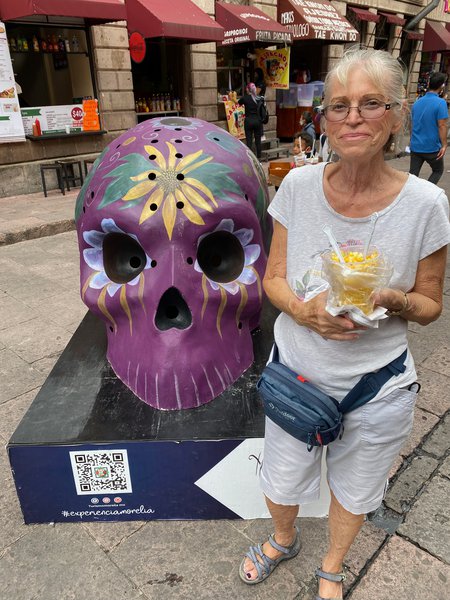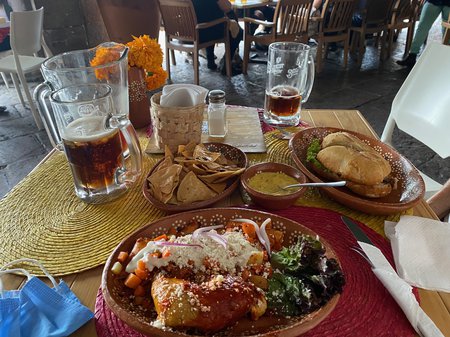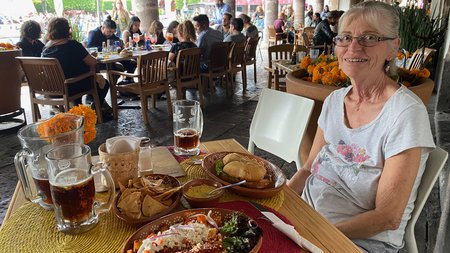Morelia - Day of the Dead 2021
Morelia is the capital of the state of Michoacan and is one of the most beautiful cities in Mexico. It is a registered UNESCO World Heritage site featuring a consistent colonial-style. We visited Morelia for a week over the Day of the Dead celebration.
The heart of the historic center is the cathedral and its surrounding plazas: the Plaza de Armas, also known as the Plaza de los Mártires, the Juárez Plaza and the Melchor Ocampo Plaza. The largest plaza is the Plaza de Armas, which has been remodeled several times since it was designed in the 16th century.
In 1660, Bishop Marcos Ramírez del Prado, placed the first stone of the new Cathedral of Michoacán, which was designed by Vicenzo Barocco. Of the major churches of the early colonial period, only this and the Mexico City Cathedral do not face west, as was customary. The Cathedral of Michoacán is also unique in that it is dedicated to the Transfiguration of Jesus, rather than some form of the Virgin Mary. The cathedral was consecrated in 1705, even though it was not yet finished. The facade as a relief of the transfiguration of Christ and the east nave is dedicated to the sheepherders and Wise Men of the Nativity. Built of pink Cantera stone, the cathedral's two 60-meter-high (200 ft) towers still dominate the skyline of the city, and are the second tallest Baroque towers in Mexico.
In the plaza there was many beautiful Dia de Muertos "tapetes" or "rugs/tapestries" comprised of flower petals, sand, rice, beans, sawdust, etc. These were all created by university students. The Center for Latin American Studies at Vanderbilt University writes: Spanish for “rug,” Dia de los Muertos tapetes are large, colorful piece of art made on the ground as part of the Dia de los Muertos celebration in parts of Mexico. They are made of colored sand, sawdust, or even pieces of flowers, feathers and other organic material. Tapetes can measure up to ten meters long and wide, and depict playful images of death.
It is believed that the spirits of the dead visit the living during the celebration. Marigolds guide the spirits to their altars using their vibrant colors and pungent scent. Marigolds, or flowers in general, also represent the fragility of life. The marigold most commonly used in Dia de los Muertos celebrations is the Targetes erecta, Mexican marigold or Aztec marigold, otherwise known as cempasuchitl or flower of the dead.
